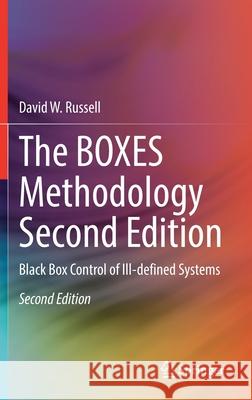The Boxes Methodology Second Edition: Black Box Control of Ill-Defined Systems » książka
topmenu
The Boxes Methodology Second Edition: Black Box Control of Ill-Defined Systems
ISBN-13: 9783030860684 / Angielski / Twarda / 2021 / 300 str.
The Boxes Methodology Second Edition: Black Box Control of Ill-Defined Systems
ISBN-13: 9783030860684 / Angielski / Twarda / 2021 / 300 str.
cena 605,23 zł
(netto: 576,41 VAT: 5%)
Najniższa cena z 30 dni: 578,30 zł
(netto: 576,41 VAT: 5%)
Najniższa cena z 30 dni: 578,30 zł
Termin realizacji zamówienia:
ok. 22 dni roboczych
Bez gwarancji dostawy przed świętami
ok. 22 dni roboczych
Bez gwarancji dostawy przed świętami
Darmowa dostawa!
Kategorie:
Kategorie BISAC:
Wydawca:
Springer
Język:
Angielski
ISBN-13:
9783030860684
Rok wydania:
2021
Wydanie:
2022
Ilość stron:
300
Waga:
0.59 kg
Wymiary:
23.39 x 15.6 x 1.75
Oprawa:
Twarda
Wolumenów:
01
Dodatkowe informacje:
Wydanie ilustrowane











